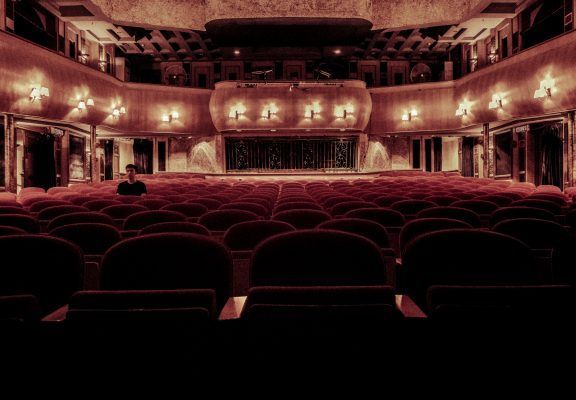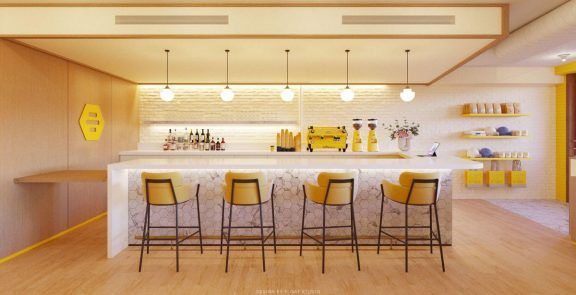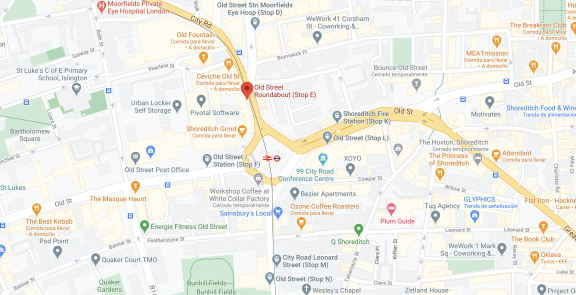

Why do we go to the cinema?
IN A NUTSHELL:
It’s time to rethink the experience of going to the cinema, theatres and performance spaces in order to empathise with the new motivations and needs of consumers in the post-COVID-19 environment
THE GREAT STRATEGIC TAKEOUT:
Just as museums and retail spaces have had to adapt to the new forms of consumption and spending free time, spaces that screen filmed content must take a leap forward in order to remain relevant and increase their revenue.
Why should I read this?
We can find business and differentiation opportunities by analysing the fundamental need that lies behind our products and experiences, and updating our proposal to better connect with the new realities
What are we talking about?
We are used to hearing that when the television arrived, it did not kill off the radio or the cinema. And when the internet arrived, libraries and bookshops did not close their doors. What we don’t hear about as often is the hardship that these sectors suffer when these changes occur, who really benefits from their existence today and the true contribution they make to society.
The arrival of COVID-19 has once again thrown the world of film exhibition into crisis. It is under serious threat from streaming services that focus on original content and increasingly narrow the window during which cinemas have exclusive original content. These venues must compete with proposals that satisfy society’s free time in a more contemporary and convenient manner. And the sector lacks a real value proposition that is understood and appreciated by contemporary consumers.
The problem is that cinema on screen can and wants to be many things, but it is not prepared (or it does not know how or has no resources) to adapt the experience to the consumers’ motivations in order to satisfy them.
Just as a visit to a science museum is not the same as a visit to an art gallery (you don’t feel the same in CosmoCaixa as in the Reina Sofia gallery), why are we expected to have the same experience watching Star Wars as we would seeing the winner of any of the thousand film festivals that approach cinema from a different perspective?
There are very different needs that lead us to the cinema (learning, enjoying, escaping reality, contemplating…) and some of them require different things today than 50 years ago, when blockbusters started to flood the silver screens.
If certain gastronomic proposals require certain spaces and rituals to enhance the experience, it is not unreasonable to think that Marvel films can ask for (and charge more for) a cinema experience that differs from that of your home in something more than the size of the screen.
Just as a Disney park is not an ordinary amusement park because it put visitors at the centre of the decisions made, a space that screens inspiring films cannot be just an ordinary cinema. Spaces can be the great amplifiers for the emotions displayed.
In a world that has precisely perfected the way to appeal to all the aspects of human motivation with transformative premium experiences, what is cinema waiting for?
Links and what to focus on:
The birth of cinema
- How much content has changed and how little the space in which the content is enjoyed has changed.
WHY YOU SHOULD BE INTERESTED:
Understanding and contributing to the spaces in which your products and experiences are consumed brings differentiation and relevance to your proposals, enhancing your brand power.
What needs does it meet?
I want to enjoy my preferred product/service in a unique setting, which enhances the experience in a unique, relevant and different way to how I could do it myself or at home.
From a strategic perspective:
Considering the space in which products/services are consumed, and how they affect the environment, is the only way we will really be able to respond fully to the emotions, motivations and needs that it satisfies.
Who might be interested?
All categories, both products and experience generators. Special attention to providers of everyday experiences (hospitality, retail)
Where do I implement it?
In all products and experiences, services and content. Especially for brands that have traditionally built/boosted their value in spaces (premium brands for drinks, food, decoration/furniture)
How do I implement it?
It could be as simple as having strategic and creative sessions in the spaces in which your product/service is going to build equity, or something more elaborate such as accessing specialised intelligence on the spatial tangibilisation of emotions (texts by architects and landscape designers are the best for this)
How innovative is it?
Considering your product/service as a part of an experiential whole is relatively new in innovation processes. The main inspiration is found in theme parks and “brand spaces”, where brands must experientialise their history, value and processes.
Key concepts:
Experience, cinema, exhibition, motivation, emotion, brand power, needs, innovation.
I WANT IT FOR MY COMPANY/BRAND. WHAT DO I NEED TO KNOW?
Who is using it already?
It is very interesting to note how the latest generation of museums and exhibition spaces use architectural, servuction and ephemeral decoration strategies to enhance the excitement that leads you to visit these experiences
Things to keep in mind:
- Adequately mapping the emotions/motivations that lead your consumers to appreciate your brand/product/service proposition.
- Use of experts in experientialisation and architecture at the service of emotions.
How do I get a clearer idea?
- Visit CosmoCaixa in Barcelona, MEH in Burgos and Swarovski’s space in Austria.
- Visit Alamo Drafthouse Cinema in several cities in the USA. (we particularly recommend the one in Austin, TX and the one recently opened in Brooklyn, NY).
How do I share it with my network?
“Why don’t we use the key emotion of our product beyond the product itself and carry it over to experientialisation and to the way our consumers enjoy it?”



